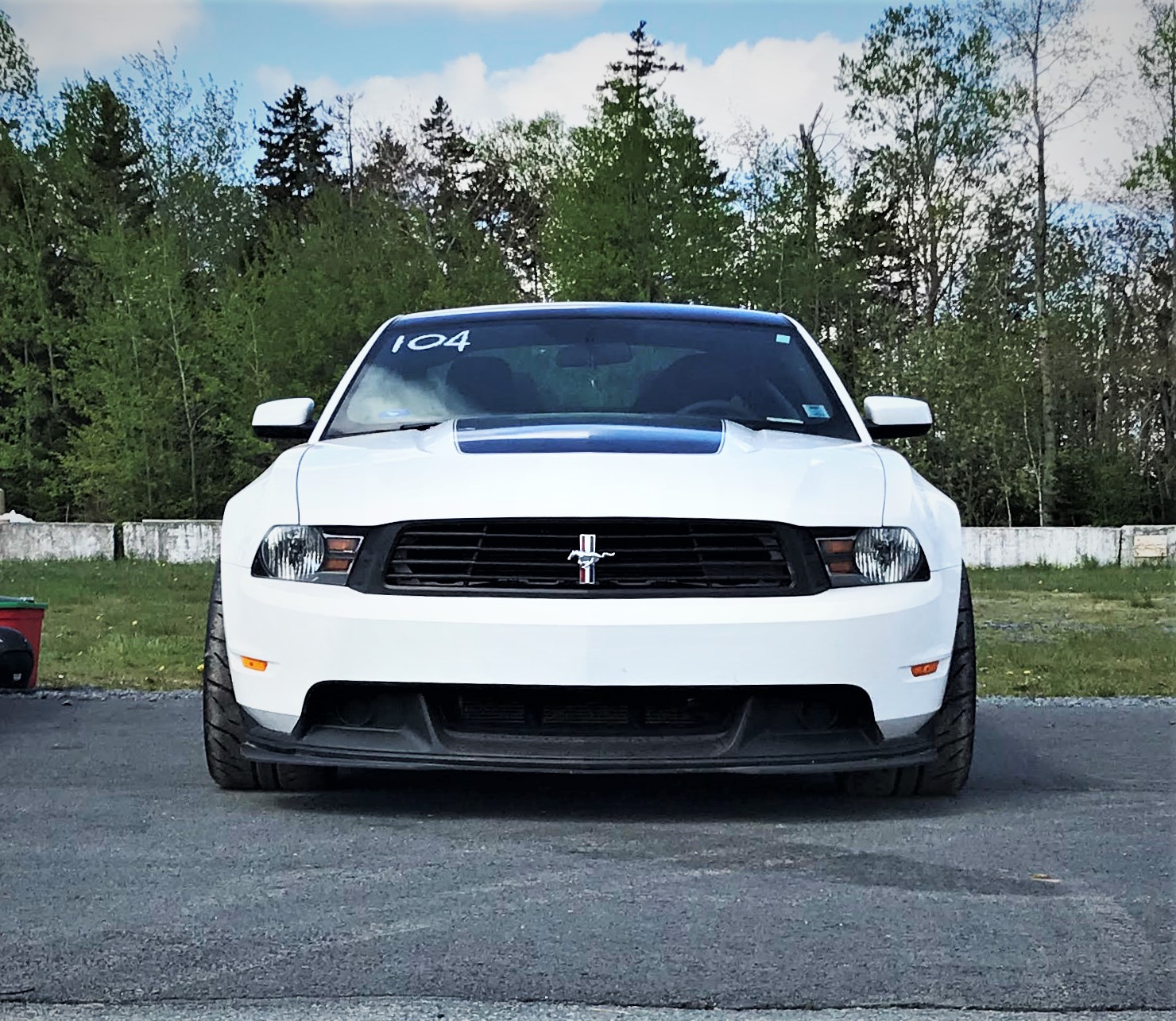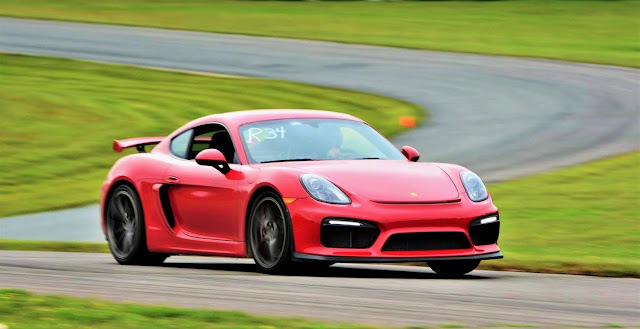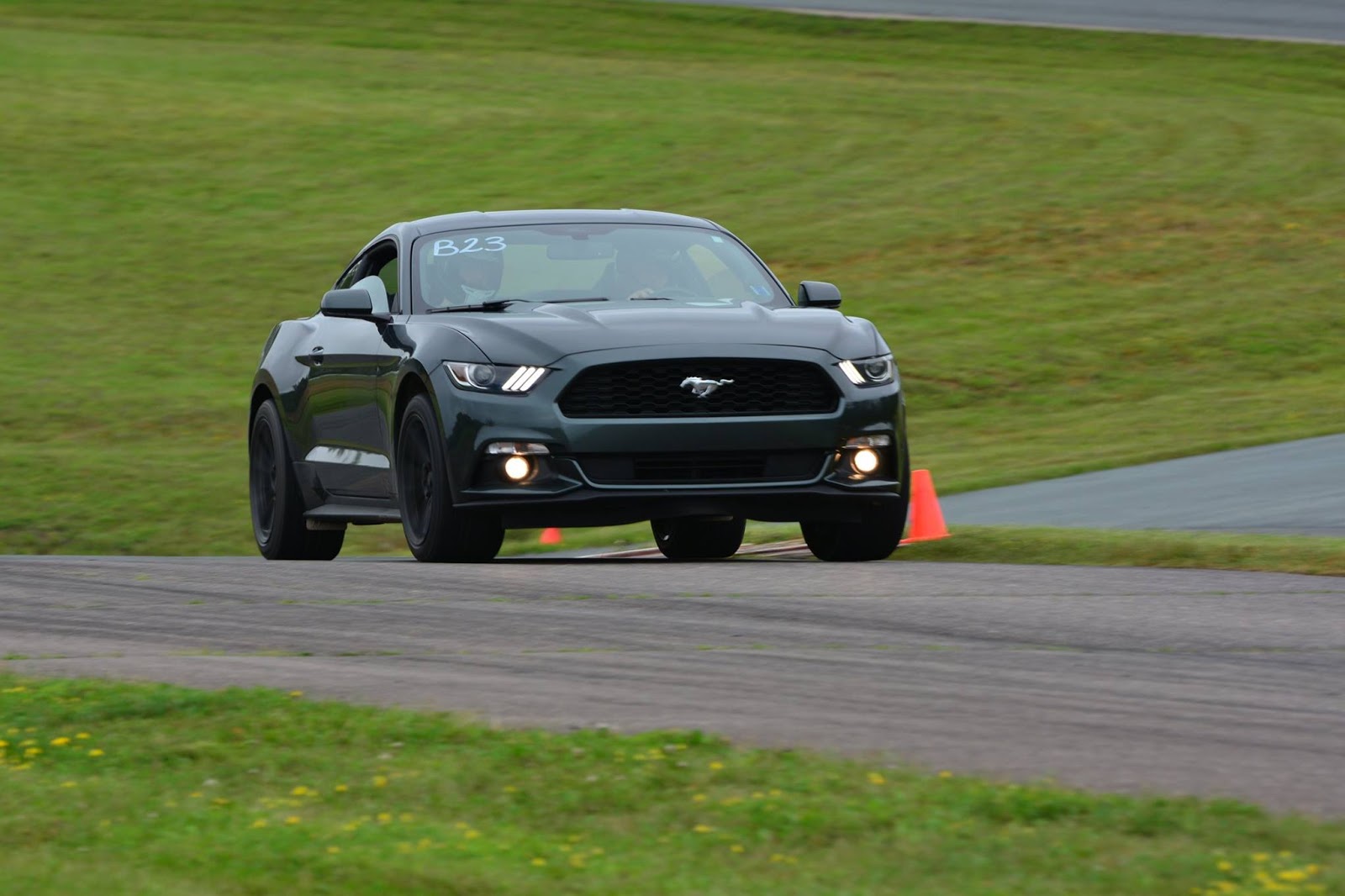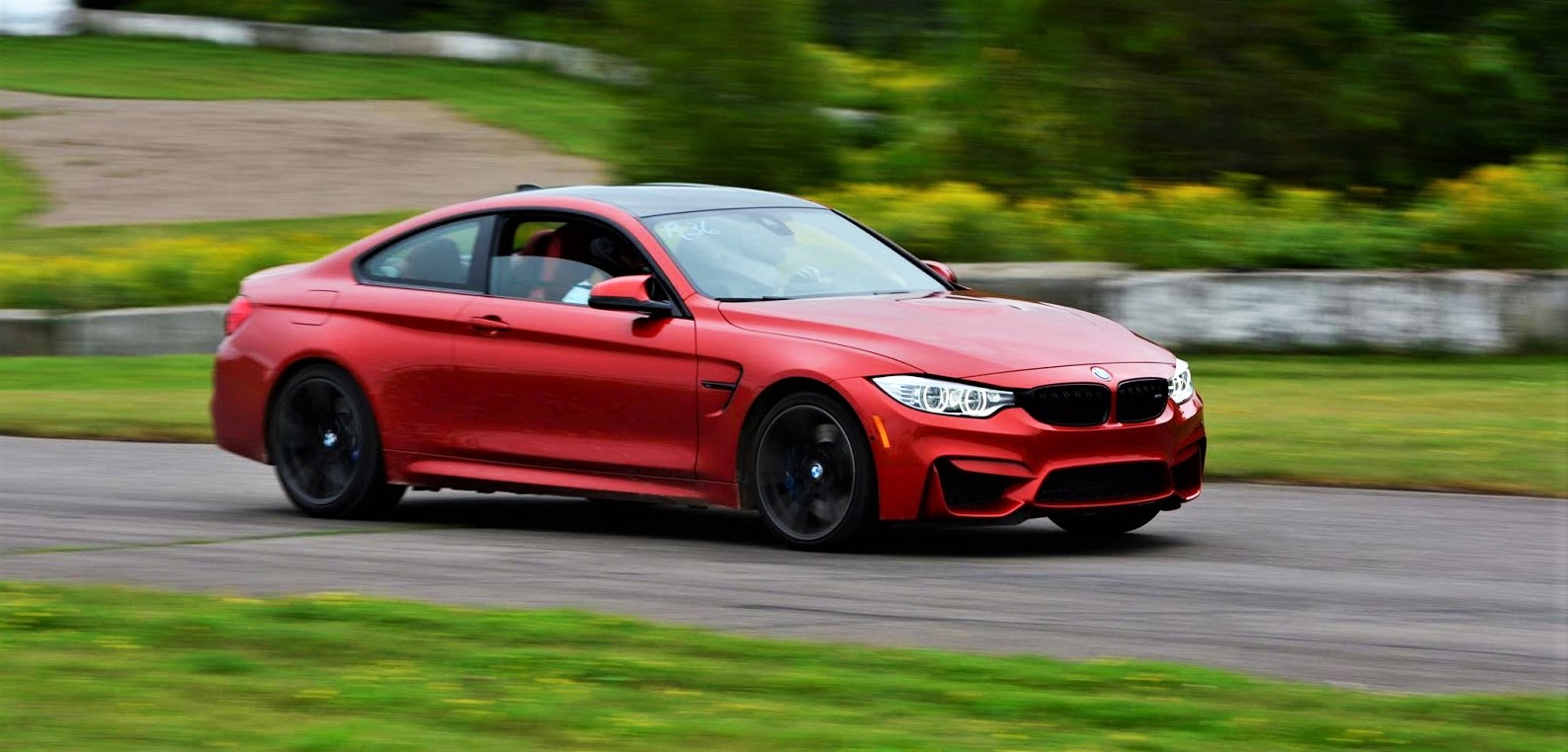When GM revealed the 2014 Corvette Stingray, 450 hp and 450 lb-ft of torque were the estimates for engine output (full post: The Stingray is back! Details about the new 2014 C7 Corvette ). It is GM tradition, though, to reveal hp numbers that are slightly lower than actual ratings and the C7 Corvette is no different. When equipped with the optional performance exhaust, it makes 460 hp (343 kW) at 6,000 rpm and 465 lb-ft (630 Nm) of torque at 4,600 rpm, as shown above on the SAE engine dyno graph. With the standard exhaust, the numbers drop by 5 hp and 5 lb-ft of torque to 455 hp and 460 lb-ft of torque. The closest competitor to the Corvette in terms of performance is the Porsche 911 Carrera and these numbers put it well ahead of the pack. The Porsche 911 Carrera makes 350 hp and 287 lb-ft of torque and the Carrera S makes 400 hp and 325 lb-ft of torque, 110 hp and 60 hp lower the Corvette's numbers and even much lower torque. It doesn't just make higher gross numbers,
Last year, I picked up a 2009 Lancer Ralliart to do a long term test with it as a dual duty track/daily. One of the first things I knew I was going to do was put a decent set of tires on it. The car came without OEM wheels which was actually good because I didn't have to hesitate about getting a good set of aftermarket wheels to support going wider. Thankfully, my friends at YST Auto Halifax set me up with a great set of Superspeed RF03RR wheels. The Wheels I had never even heard of Superspeed but I trusted the good folk at YST Auto who mentioned some customer cars running on track with them. These wheels are rotary forged which is basically a prerequisite to be taken seriously in this market populated by companies like TSW and Fast Wheels. The wheels looked like a high quality, well finished wheel and each had a "QC" check sticker on. Just for appearances? Maybe, but I found no defects. The wheels seemed easy to balance (didn't need many weights) and at 18.1 lb. f










